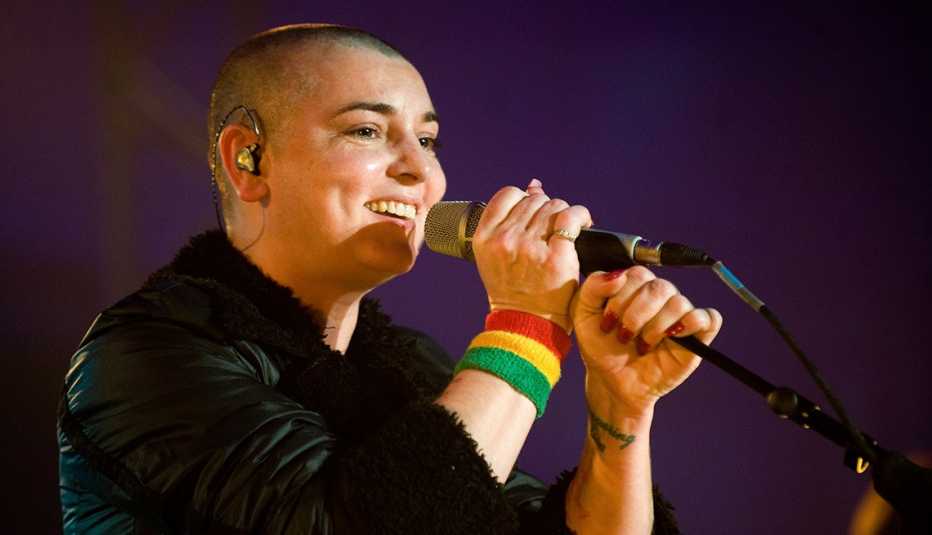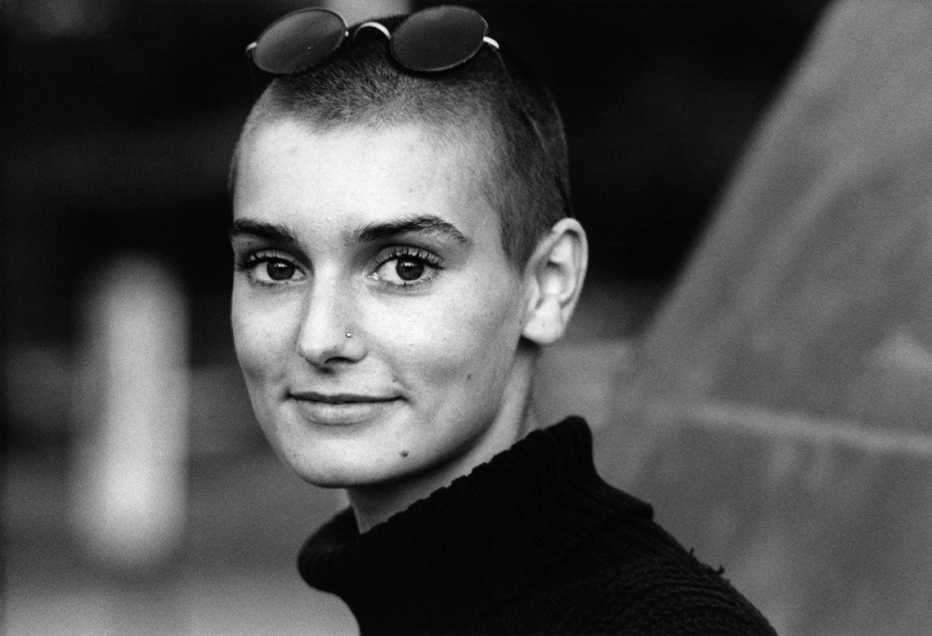Staying Fit


The Irish singer Sinéad O’Connor, known for her shaved head, rebelliousness and beautiful vocals, died on July 26 at age 56. She was a haunting and haunted figure, the evocative voice behind the smash 1990 hit “Nothing Compares 2 U” and the complicated iconoclast who famously ripped up a photo of Pope John Paul II on Saturday Night Live in 1992 to protest the sexual abuse of children within the Catholic Church.
In a statement released to the BBC and the Irish public broadcaster RTE, her family said: “It is with great sadness that we announce the passing of our beloved Sinéad. Her family and friends are devastated and have requested privacy at this very difficult time.”


AARP Membership— $12 for your first year when you sign up for Automatic Renewal
Get instant access to members-only products and hundreds of discounts, a free second membership, and a subscription to AARP the Magazine.
The London Inner South Coroner's Court confirmed on Jan. 9, 2024, that O'Connor died of natural causes, according to People magazine. The coroner has ceased their involvement in the singer's death.
In recent years she converted to Islam (2018) and started using the name Shuhada Sadaqat offstage; wrote a poignant memoir called Rememberings (2021); and experienced the death of her son Shane, 17, from suicide (2022). Devastated, she tweeted that there was “no point living without him” and was hospitalized. A few weeks ago, she posted again about Shane’s death: “Been living as undead night creature since. He was the love of my life, the lamp of my soul. We were one soul in two halves. He was the only person who ever loved me unconditionally. I am lost in the bardo without him.”
She certainly bore her share of pain, and then some, throughout her life. Hers wasn’t a happy childhood. She describes in her memoir her father’s leaving the family when she was 9. When she and her siblings cried, her physically and emotionally abusive mother — who would lose custody of her five kids — became angry and left the children alone in a hut behind their house late into the night. “That is when I officially lost my mind and also became afraid of the size of the sky,” O’Connor wrote.
As a teen, after being repeatedly caught stealing, she was sent to a Dublin’s An Grianan Training Centre, a reformatory school that was once one of the Magdalene laundries where girls deemed promiscuous were sent to labor.


But it was there that she discovered the guitar and embraced music as a creative and emotional outlet. She moved to London, teamed up with U2’s former manager, Fachtna Ó Ceallaigh, and found fame relatively quickly after she released her first album, The Lion and the Cobra (1987), which included the rocking song “Mandinka” and the ballad “Troy,” and earned her a Grammy nomination. Her follow-up album, 1990’s I Do Not Want What I Haven’t Got, included her iconic Grammy-winning cover of the Prince song “Nothing Compares 2 U.” Its unforgettable accompanying video featured a close up of O’Connor’s lovely, anguished-looking face as she sang.



































































More From AARP
Melissa Etheridge: ‘There Was No Plan B’ for My Career
The Grammy winner discusses her musical heroes, her big hit song and her unconventional voice
The Song That Changed My Life
Eleven people share their stories of music that had a profound impact on their lives
Joan Baez on Her Mental Health: ‘I Don’t Have Those Demons Now’
The folk singer and activist shares personal details of her life in new documentary ‘I Am a Noise’